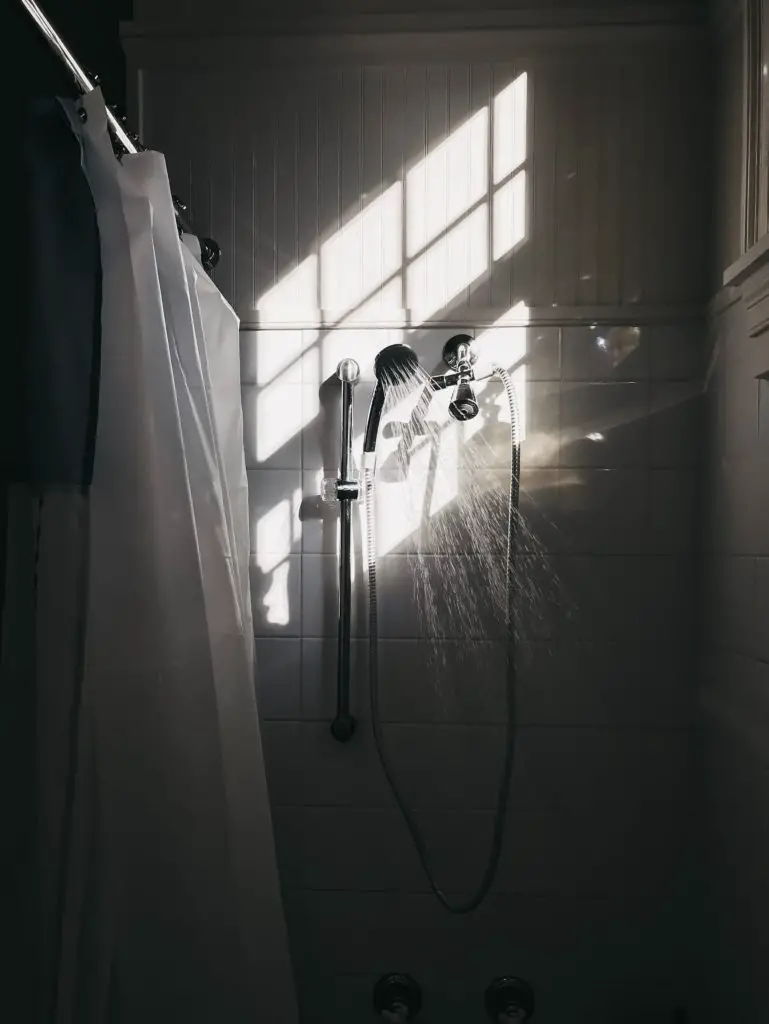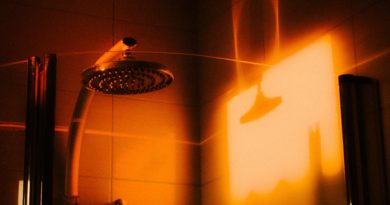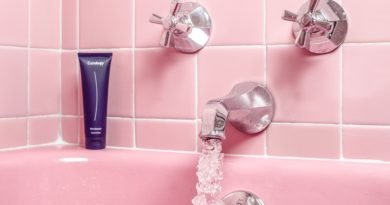How to Get More Water Pressure in Shower – Increasing Shower Pressure
**Articles may contain links that I earn compensation for if clicked and you make a purchase. As an Amazon Associate, I earn from qualifying purchases. These earnings do not actually impact the price of the product or service.
While standing in the shower, you notice how feeble the water pressure is. You might think, “Are there ways to improve the water pressure in my shower handle?” Corrosion in the water lines might be the last straw.
However, several other issues may be simpler to fix than tearing out the entire shower valve assembly. By doing a simple test to evaluate the flow rate of your shower handle in Gallons Per Minute, you may assess whether or not you have a low shower flow.
Your bathing time may be reduced by increasing your shower handle flow rate. But bear in mind that if you use a standard tank-style water heater, the greater the flow rate, the faster you will run out of hot water.
Nothing is worse than having low water pressure in your shower to start your day. A never-ending battle with a shampoo that never seems to get out of your hair, the inability to wash correctly, the water that cools down before it reaches your skin – it’s a real pain.
If your shower’s water pressure is low, there are several simple solutions you may try right away.
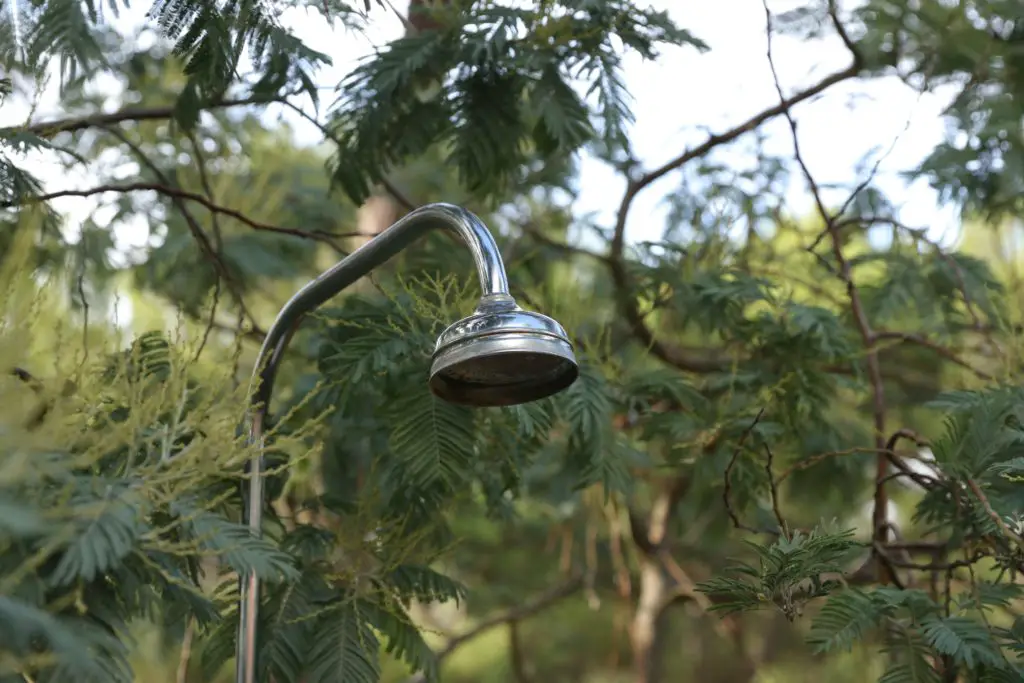
Table of Contents
How to Get More Water Pressure in Shower
Like most people, you may think that low water pressure is simply a part of life. Your home’s plumbing definitely affects your shower’s water pressure, but there are some things you can do to boost the water pressure.
What Causes Low Water Pressure?
You may have low water pressure in your shower handle for several reasons.
Low water pressure commonly results from an issue with your water supply, the pipes in your home or even the shower handle itself.
It’s also possible that your home’s plumbing isn’t properly routed, resulting in low water pressure.
Tips for Increase Shower Water Pressure
This list of solutions is a great place to start if you’re having trouble with low water pressure in your shower. In certain cases, it may be in your best interest to seek the advice of a plumber. Here is how to increase the water pressure in your shower.
-
Check the Flow of Your Shower Heads
Turn up the water pressure in the shower. Allow it to run for a few seconds. Watch how long it takes to fill a 5-gallon bucket while the water flows.
Initiate the timer, and when water reaches the top of the bucket and starts to overflow, you should stop the clock.
Simply divide five by how long it takes to fill the bucket to get your GPM (Gallon Per Minute). If the time is 2.5 minutes, for example, five divided by 2,5 gives us 2. There is a 2 GPM flow.
-
Clean Your Shower Handle
Cleaning your shower handle is the most straightforward method of boosting the water pressure in your shower. Clogs in the shower handle may be caused by mold, mildew, calcium, rust, and water sediments like limescale or mineral deposits. You may clean your shower handle in a variety of ways.
Start by removing the shower head’s top and any readily removable parts. Clean each item thoroughly with distilled white vinegar to eliminate any apparent residue. You can use cleaning products that are particularly created for this purpose.
Use distilled white vinegar to remove any remaining residue from the shower handle after cleaning it the first time. To flush out any leftover dirt, run hot water into your shower after reassembling the shower head.
-
Install a New Shower Faucet Handle
Basic shower handles are still commonplace in many houses. These entry-level versions generally don’t provide the water pressure you’re looking for due to their tiny surface area and lack of adjustability options. Hence, installing a new shower handle is a great way to fix that low water pressure.
It’s not difficult to upgrade your shower handle, and a modern one will give you more control over the water pressure.
Here is how to remove the shower handle: First, turn off the home’s water supply and unscrew the set screw. Then, remove the shower faucet handle from the valve stem. Remove the trim plate and wrap the shower valve body with Teflon tape.
Lastly, using a flat head screwdriver, screw the handle in place using a set screw underneath and replace the trim plate. If you have a double faucet handle for hot and cold water, repeat the process on the other side.
-
Adjust the Position of the Shower Head
Your shower head’s settings may change over time, even if you seldom change them. The water pressure might be mistakenly lowered as a result of this.
To resolve this, try increasing the water pressure by modifying the settings while the shower is running. Working with double faucet handles, try to adjust the position of each faucet handle puller.
-
Check the Flow Restrictor
Modern shower heads often include flow restrictors. To save money on your water bills, this device may also prevent you from attaining the optimal level of water pressure. Flow restrictors work well in a large number of households.
However, an ancient house with low water pressure, or a home with inadequate plumbing, will not benefit from installing a flow restrictor.
You may check the user’s handbook of your shower handle to find specific instructions on removing the flow restrictor. Most of us don’t have a user guide from the same manufacturer for our shower handles. However, for most products, user manuals are available online.
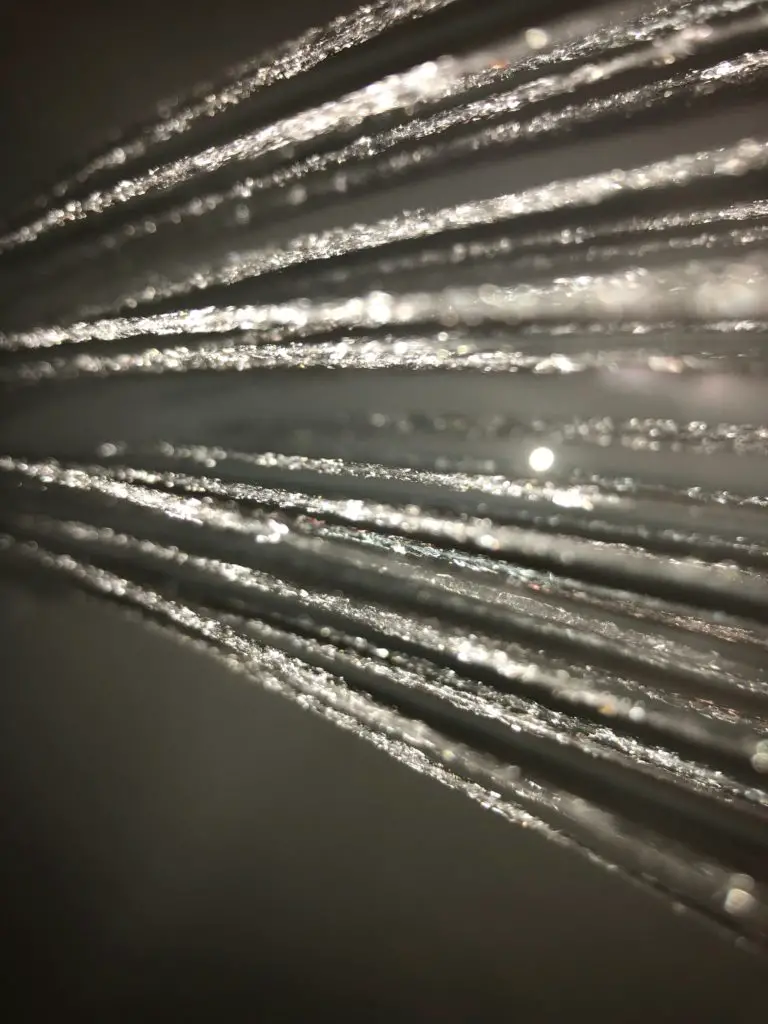
Check the Main Shutoff on the Curbside
If the curbside main is not entirely on, you may experience poor water pressure in your home.
A shower knob and cutoff shower valve are located at the curbside, where the water main enters your property. Make certain that the shower valve is fully open by turning it on.
It is best to turn the counterclockwise handle of the shower valve all the way clockwise. The lever on the handle should be aligned to the water pipe if it has one.
If you need to deal with the meter, contact your water supplier instead of tampering with the curbside meter. Consequently, somebody from the company will look into it for you.
-
Check the House’s Main Shutoff
Like at the curbside, there might be a problem closer to home or in the drain pipe. First, look for the water’s main valve. By carefully rotating it counterclockwise (for a circular handle) or parallel to the pipe, turn the home cutoff off (for a lever-type handle).
However, don’t try to push the shower valve. It may be rusty and prone to damage.
-
Replace the Shower Volume Control
A faucet handle also affects water pressure. Over time, this is a costly and difficult component that might impede water flow. Due to their difficulty in fixing, replacing it is the most common solution.
Let a plumber do the job for you if you don’t know how to replace a shower handle.
-
Check the Entire Shower Valve Assembly
The main shut off valve, similar to that found on sink distribution systems, may be found in certain houses’ shower valve assembly. These emergency-stopping valves are located on separate branch pipes.
If you have one, there may be a shutdown valve near the supply source. These shut-offs would be found on the pipes running up to the shower in a home with basement supply lines.
Similar to the main water shut down valves, little fixture valves may not be completely open. For maximum pressure, turn these valves clockwise all the way.
What Causes the Shower Handle to Have Low Water Pressure?
There is a slew of possible causes for low shower handle water pressure. The main reasons are:
-
Outdated Plumbing System
Low water pressure may result from the mains water system if you reside in or near a city or town center. Main water systems in city and town centers are made up of over a decade old pipes. A city’s central business district makes it more difficult for the local authorities to repair the plumbing because of the inconvenience it would create.
-
Small Water Supply Pipes
Low water pressure may be caused by various factors, the most frequent of which is inadequate supply pipe.
Because many older homes still have their original plumbing, clogged pipes may be the main reason for low water pressure. This reduces the volume of water that enters your house and causes a low flow showerhead.
-
Blocked Water System
If you reside on an older property, another possibility is that your water system is made of iron pipes. Rusting may cause iron to break off and become a pipe blockage.
If dirt, gravel, or sand enters your system via outdated entrance plumbing, this problem will likely worsen and affect your water flow. Moreover, debris may clog the hot water tank and the pipes.
-
Low-Pressure Shower Head
The shower handle is one typical cause of low water pressure that is often neglected. Shower handles with “water conservation” or “flow restrictor” features are common in modern bathrooms. They restrict the water flow.
If you don’t know how to remove the shower head, ask a professional plumber to replace it for you.
-
Clogged Shut Off Valve
A clogged shut off valve is another typical cause of low water pressure. Pay close attention to your main shut off valve to ensure it is completely open if you just purchased a new house or had construction work done.
You can often find this valve beneath your kitchen sink. Contact a plumber immediately if you suspect that the water valve is stuck and is the main cause of low pressure.
What’s the Best Way to Increase the Water Pressure in the Shower?
Only a shower pump will increase the water pressure if you’ve ensured the shower handle isn’t blocked by debris or any water restriction. Why? A conventional shower pump is more affordable than an electric shower pump.
A plumber can install a shower pump in about a day, making it an easy procedure. If you’re handy around the house, you may be able to install it on your own as well.
A shower pump is a simple solution that doesn’t need the replacement of shower components or the plumbing system.
What Is the Cost of Installing a Shower Pump?
We anticipate repairing an outdated shower pump will take around half a day. How much does it cost? A new shower pump installation should take approximately a day and cost about $200 if you’ve never had one before.
However, it’s important to shop around and acquire many estimates from different plumbers before deciding.
Conclusion
High water pressure is a question of personal choice for most individuals. Showers not only allow us to keep our bodies clean, but they also allow us to relax and unwind.
Hence, consistent water pressure is critical to having a pleasurable experience. Consider buying a new shower pump as a general solution to low water pressure.
